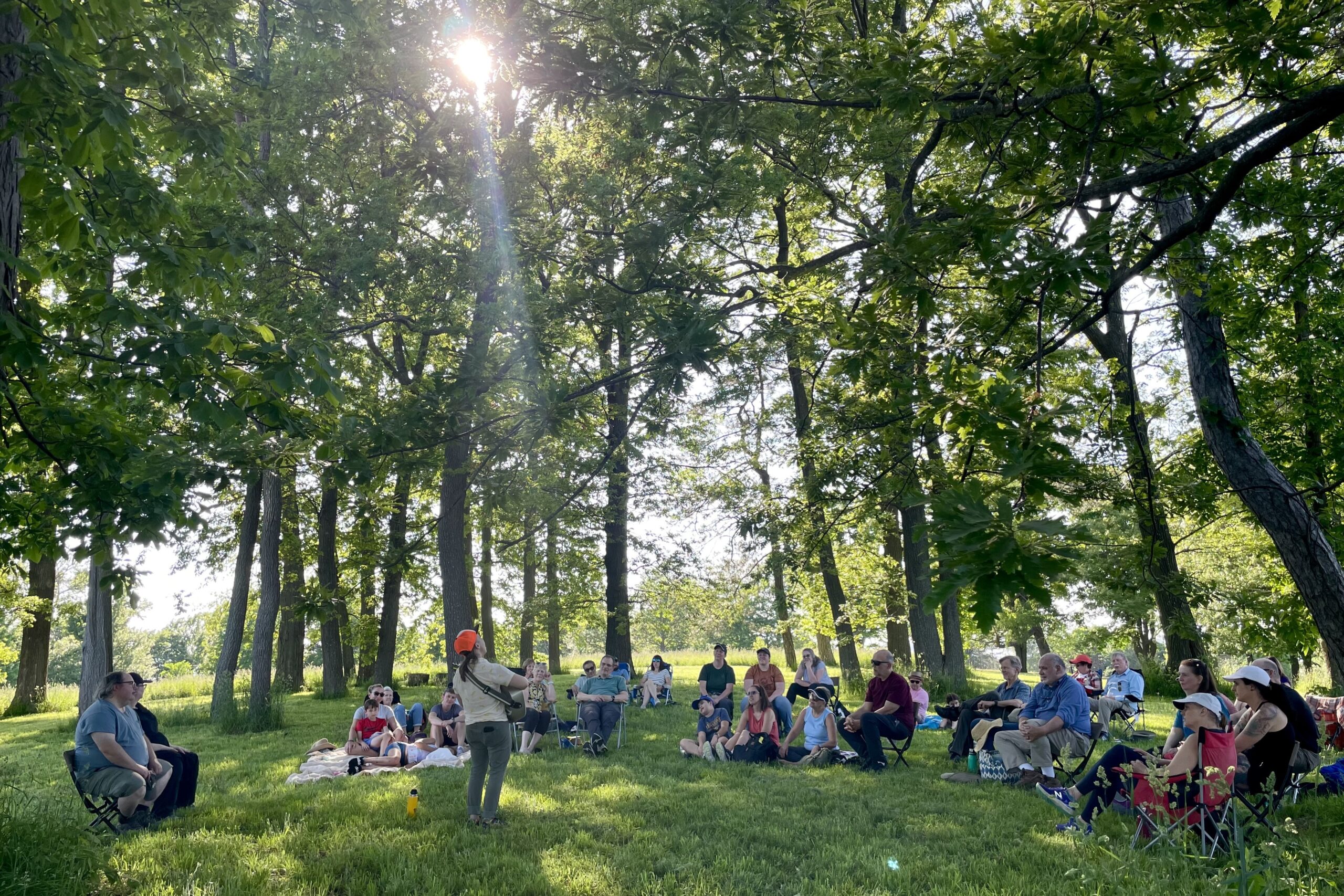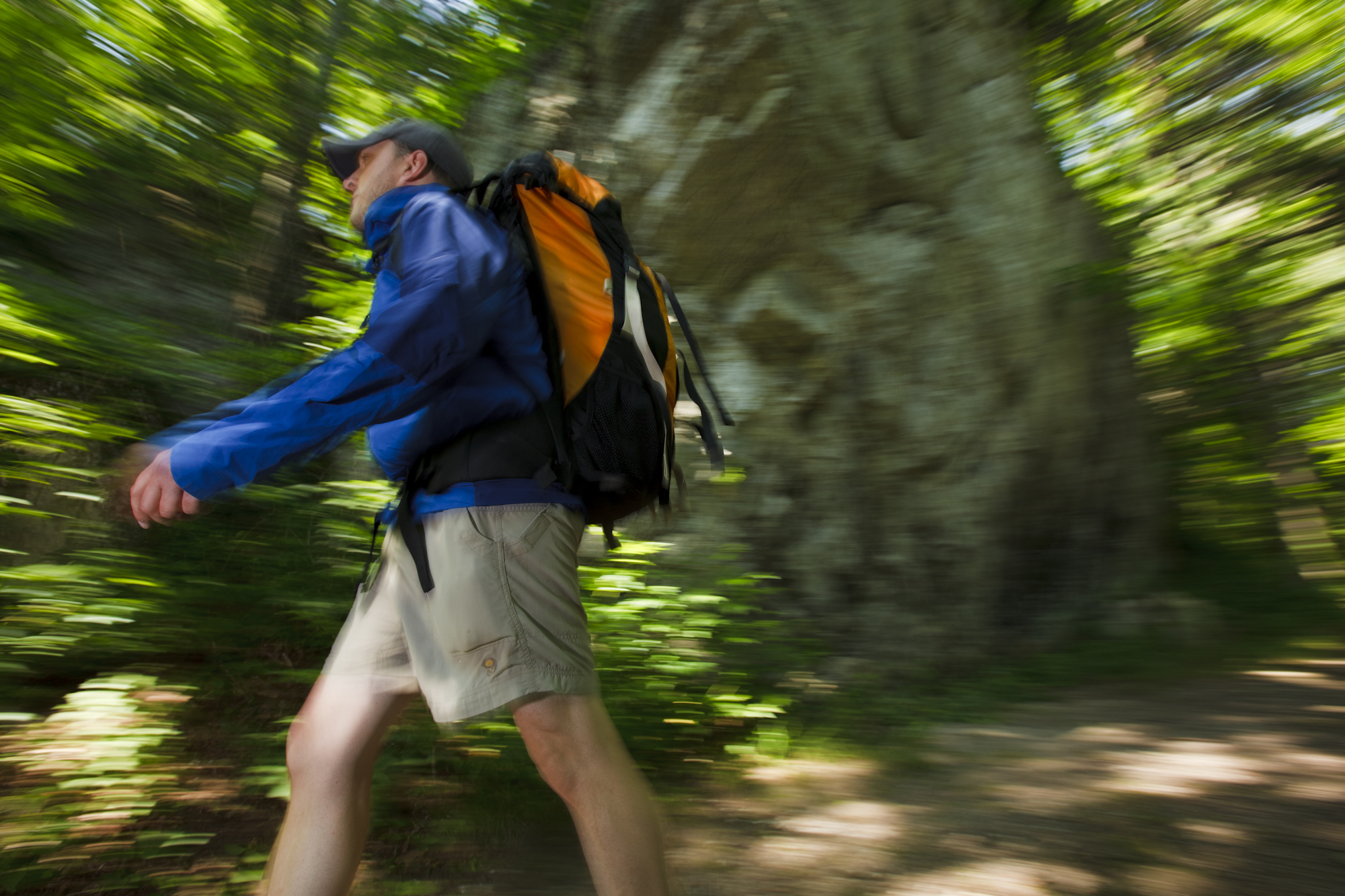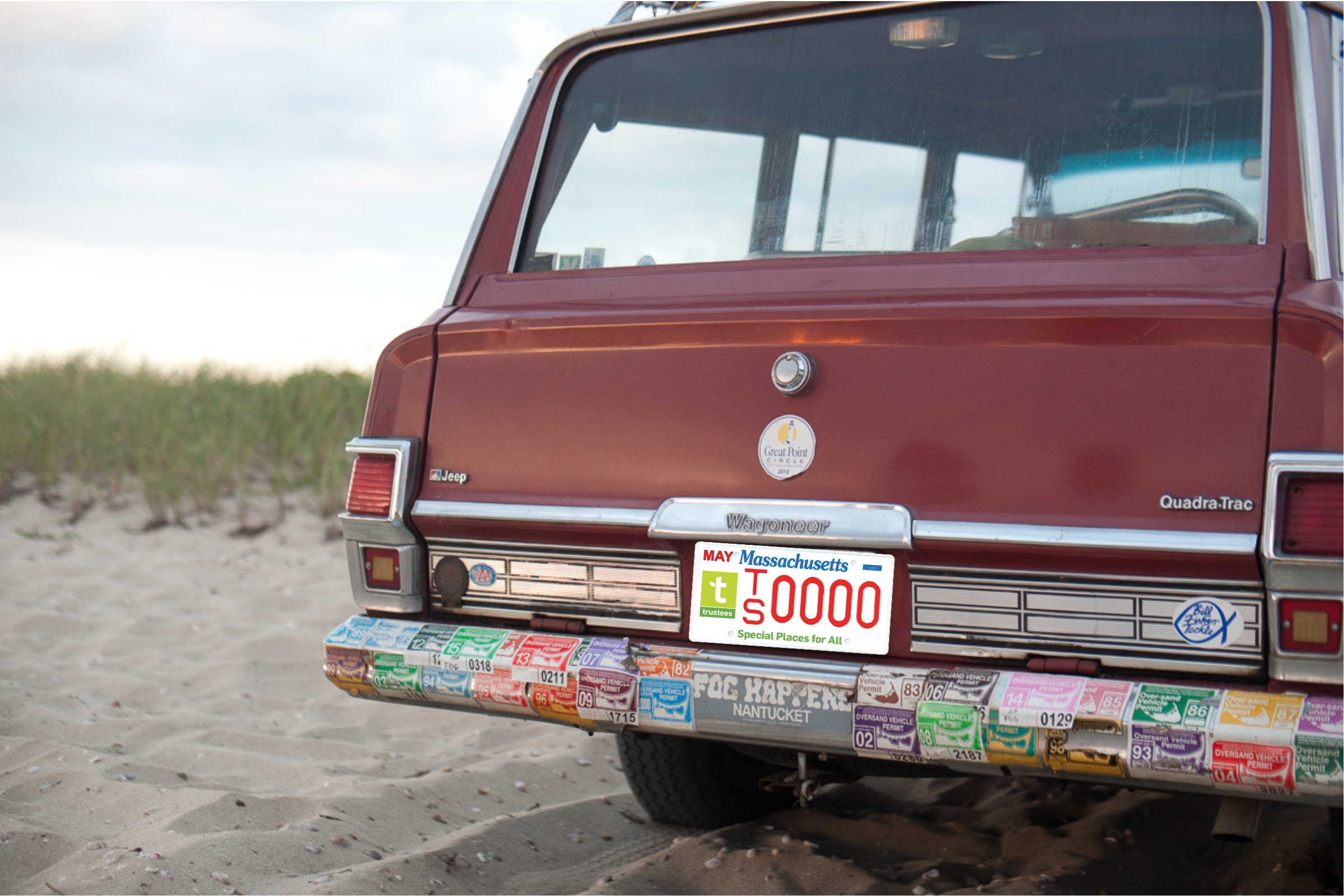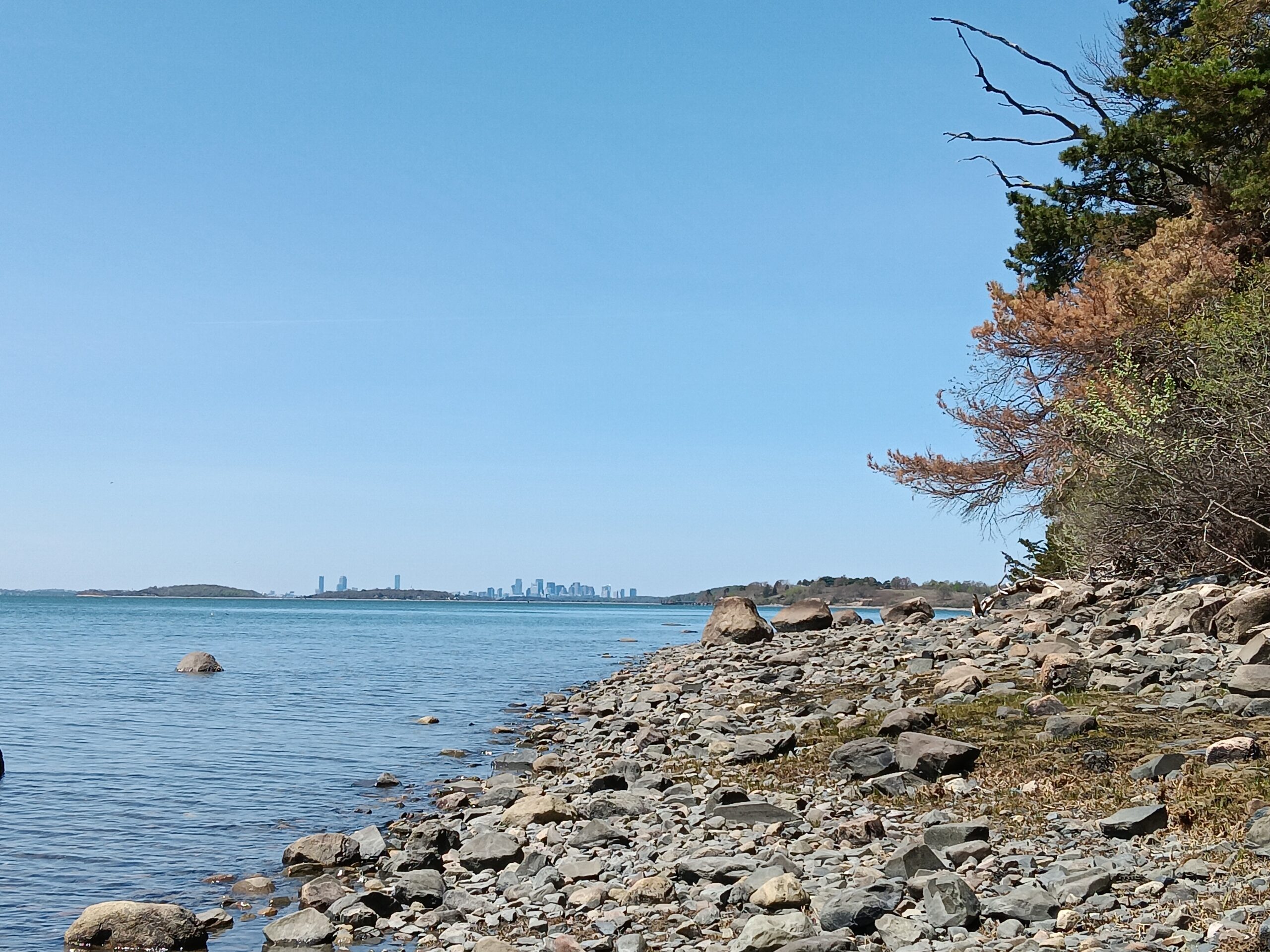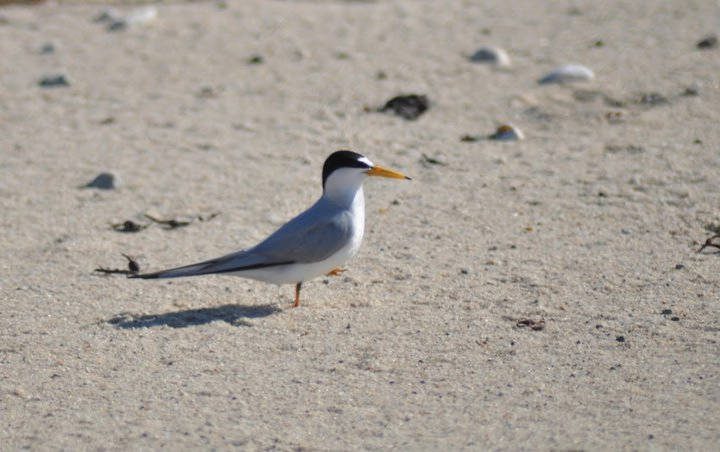
First-year high school students in Billy Seaborne’s shop class constructed several tern shelters that will provide crucial spots for safety for young tern chicks as they avoid predation.
“The basic principle of the shelters is to provide refuge for tern chicks in areas where there isn’t much natural protection, like vegetation or beach debris,” shared Shea Fee, Coastal Ecologist for the Islands. Shea worked with colleague Molly Peach Mayhew, Education Manager, to establish the connection with the high school and inquire about the teens building tern shelters.
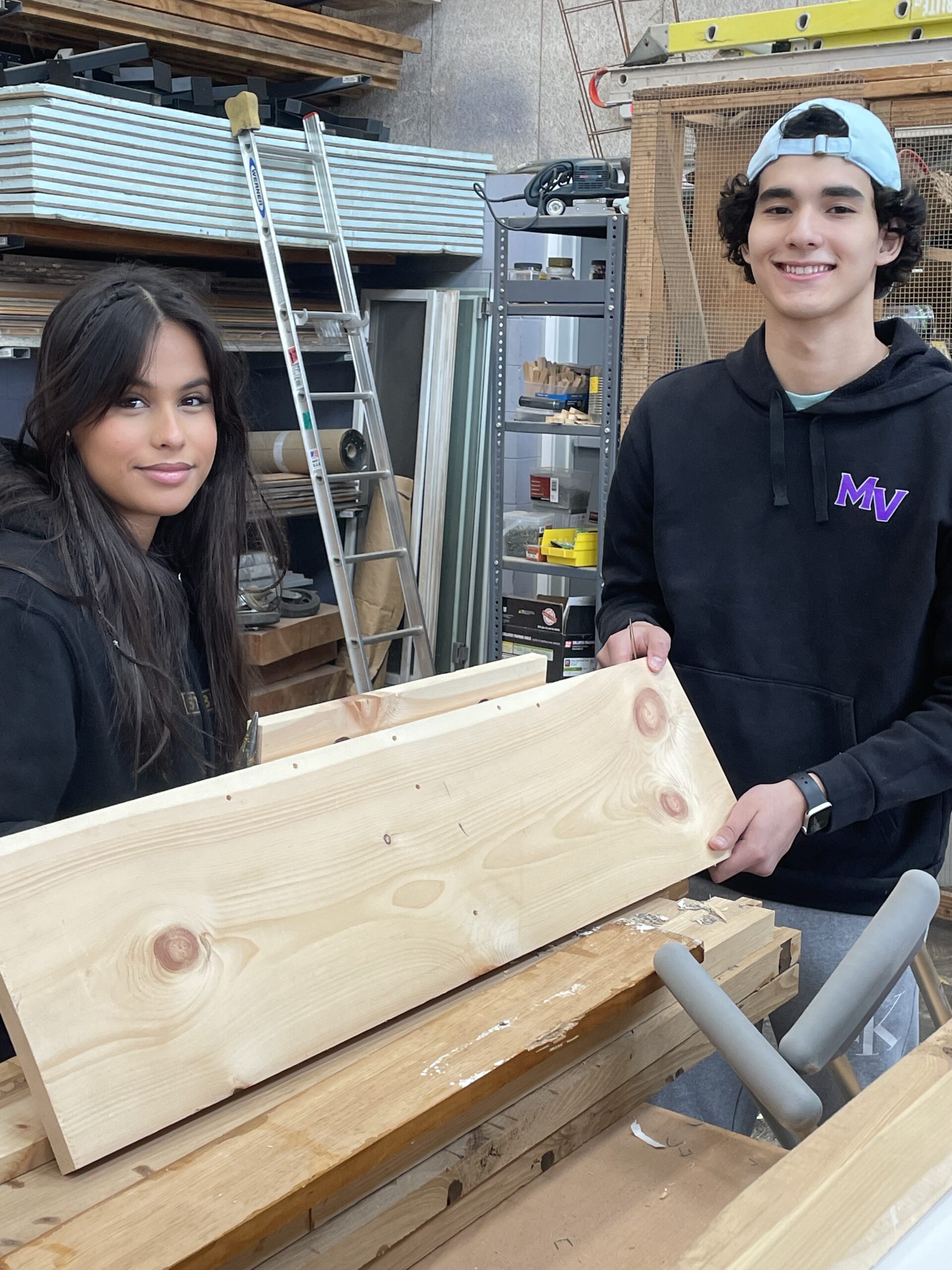
Students in Mr. Seaborne's shop class pose with their Tern Shelter.
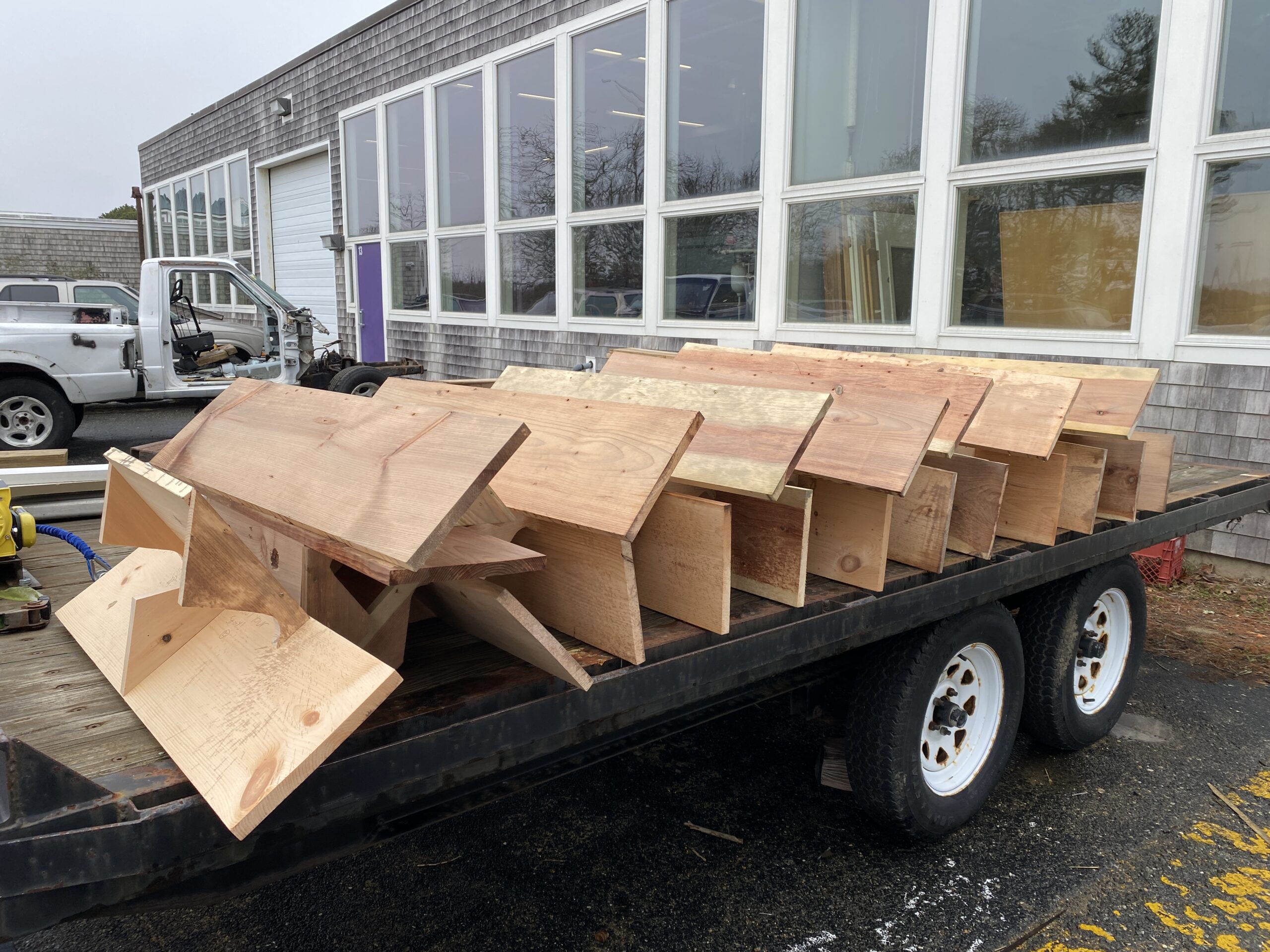
The tern shelters being prepared for future placement on Martha's Vineyard beaches.
“The shelters give the chicks a place to get out of the harsh elements and hide from predators,” Shea explained. “They are particularly effective at deterring depredation (attacks leading to death, injury, or destruction) from avian predators like the Northern Harrier or other hawks.”
Least and Common Terns nest on the beaches of Martha’s Vineyard each summer, and Roseate Terns occasionally nest there. Least terns and Common terns are both species of special concern under the Massachusetts Endangered Species Act (MESA), and the Roseate tern is an endangered species under both the United States Endangered Species Act (USEA) and MESA.
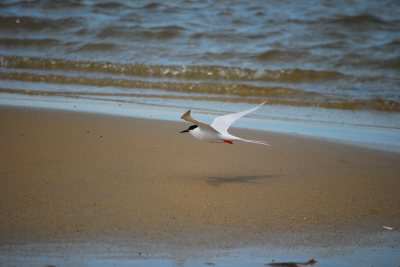
Together, the islands of Martha’s Vineyard and Nantucket support a quarter of the breeding Least tern population (24%). Although least tern chicks are born with a full downy layer of feathers and can walk fresh out of the egg, they rely on their parents for food. It takes roughly another month for chicks to become flight capable, hence the need for these shelters to provide quick and adequate protection from predation.
The Trustees has a long history of partnering with educators across Martha’s Vineyard, educating local students about the coast and its ecosystems. Working with the freshman shop class was yet another way to connect with young people from across the island and engage them with the Trustees’ work to steward critical and endangered species and landscapes.
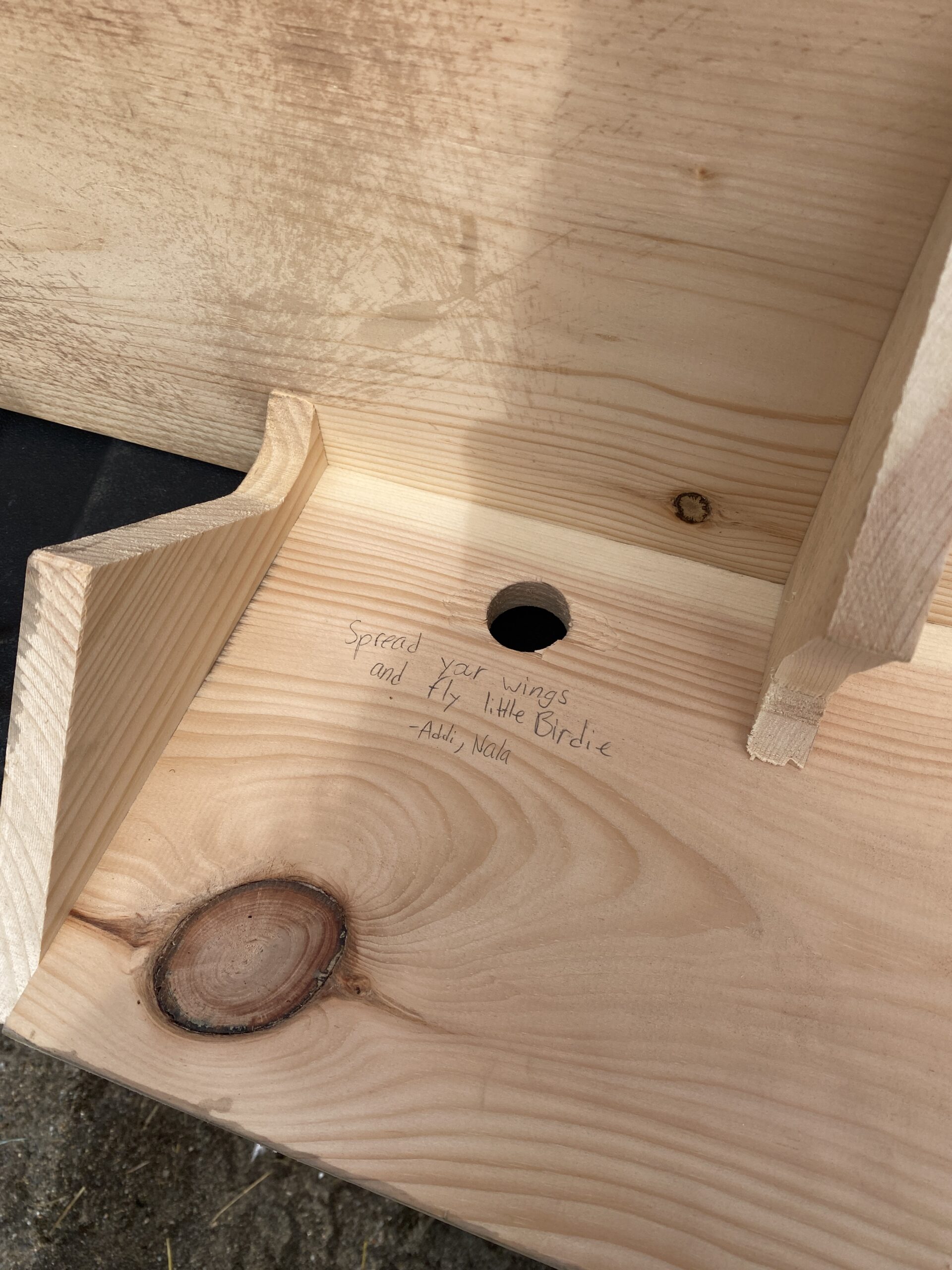
Students wrote messages of encouragement inside the shelters.
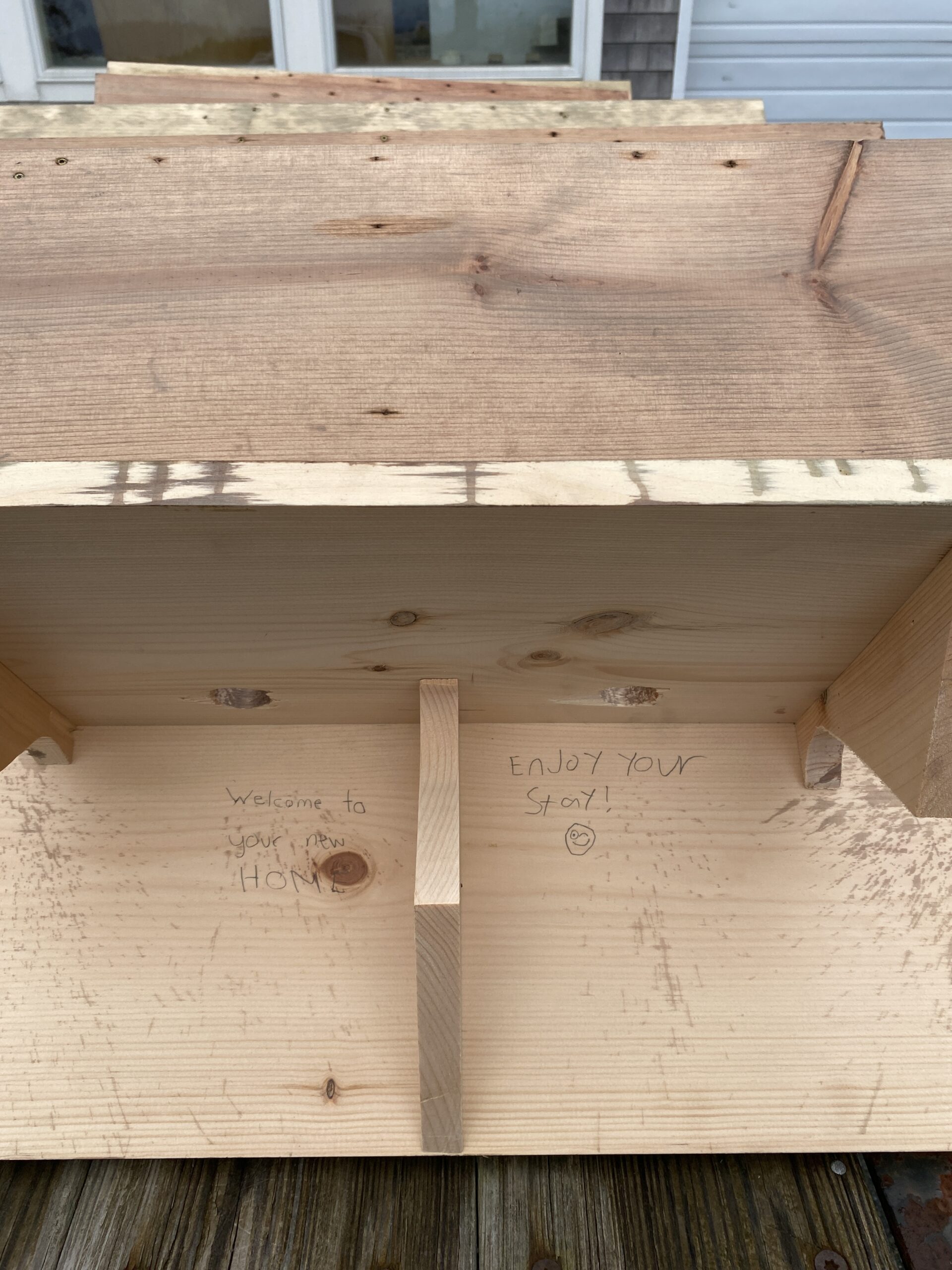
A tern shelter reads "Welcome to your new home" and "enjoy your stay"
“It is wonderful to engage youth across the Island with our work here at the Trustees,” shared Molly. “I am grateful to my friend, Billy Seaborne, and to his shop students for their fantastic work in crafting these shelters and hope to share success from their hard work once the shorebird season arrives.”
The students left sweet notes inside the shelters, welcoming the chicks to their new home, wishing them a nice stay, and encouraging the birds to spread their wings and fly.
